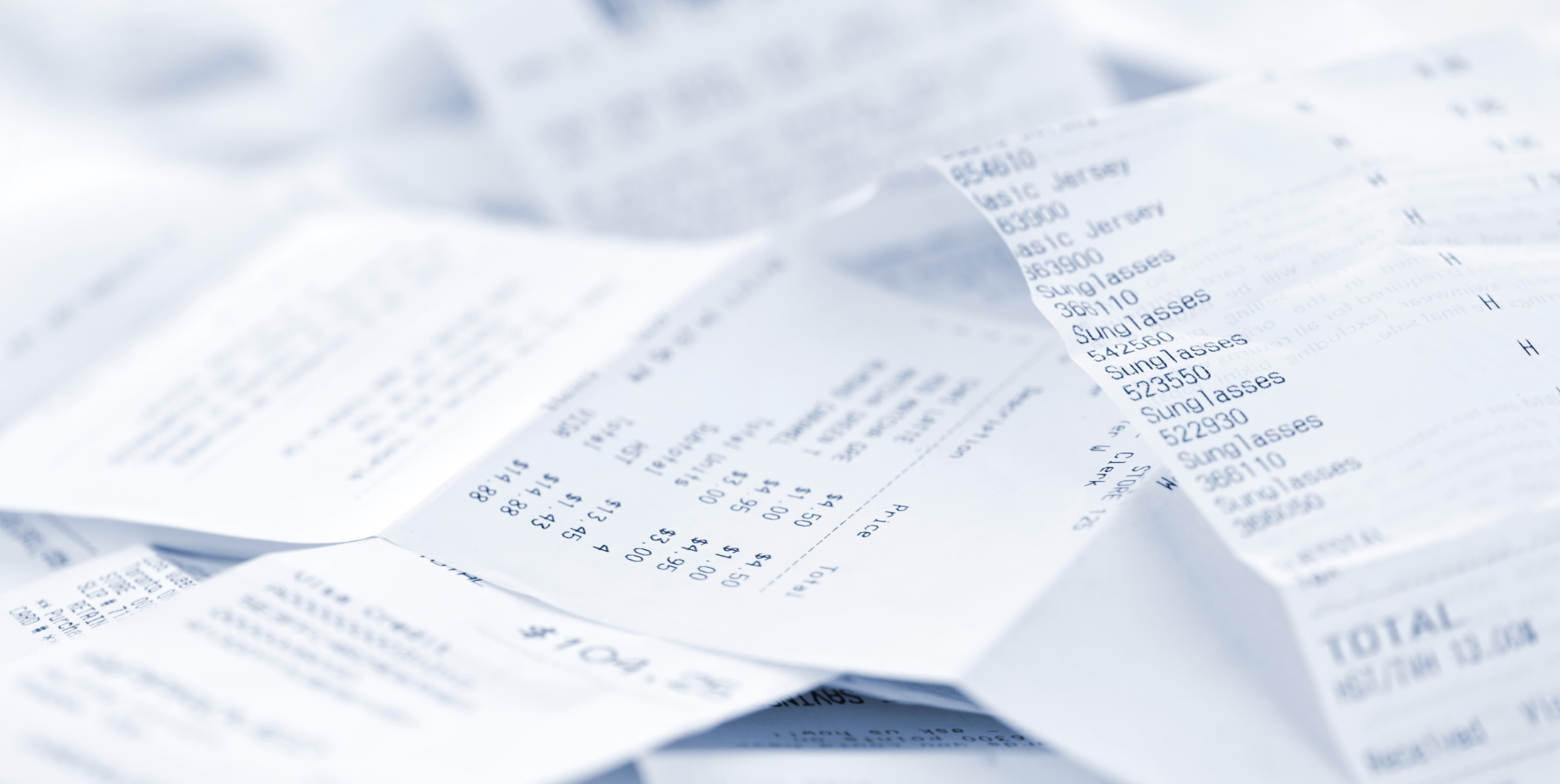So you’ve read all about what not to do in a nonprofit email campaign and are ready to start writing! Before hitting send, consider these 11 fundamental elements that will ensure success.
If you have any to add, tell us in the comments section! We look forward to your contribution.
1. Personalize
How do you connect to your audience? By making it about them! Addressing your audience by name in the introduction (sometimes even in the subject line) and using the word “you” generously is a great way to ensure that your recipient doesn’t feel like they are one of many receiving a mass email.
2. Include a clear “From”
Similar to addressing your audience by name, it’s also important to personalize who is writing the email. It’s best to have the same tone, structure, and signature for every email. This doesn’t mean that one person must write all of the emails, but establishing a recognizable voice will give your audience someone to refer back to.
3. Strike a balance of text and images
Often overlooked but equally important is the balance between image and text. Too much text or an overwhelming amount of visuals can hurt your readability rate. Images must be relevant to the message and it’s highly suggested that you keep all important information – pricing, contact details, etc – as text.
It is also beneficial to provide alternative texts and links with images. Alt-text is to ensure that those readers who block images by default on their email accounts can still get the full “picture”, and linking images serves as another source for your readers to access your site.
4. Segment
Consider the interests of your audience, are they all the same? Probably not. Sub categorizing your email list ensures that you are giving your readers the information they want to have.
A great way of doing this is to consider when you last interacted with your audience and how. Additionally, give them the option to choose what information they would like to receive from emails. Providing a list of topics your readers can choose from will ensure that they are getting the information they want. Topics could include: volunteer opportunities, recent victories, testimonies, etc.
5. Inspire with your subject line
We’ve said it before and we’ll say it again, creating an effective subject line that makes people want to read your email instead of automatically hit the delete button is extremely important. Research found that 64% of people open emails based on the subject line.
Therefore, subject lines should be short and descriptive motivating your reader to open the message and learn more. Along with element #1, personalizing a subject headline will improve the rate of people who open and read through your message. This means using names and “you” to ensure your audience knows that you are reaching out to them specifically.
6. Tell a story in your email
Showing how your nonprofit is making a positive impact can be done a number of ways one of those being storytelling. Below are a couple of our suggestions of how you can incorporate storytelling into your email:
- Video: Beneficiaries, volunteers, or donors giving testimonies
- Profile: Highlight a specific beneficiary of your nonprofit
- Images: Before and after photos of the work your nonprofit has completed
- Quotes: Provide quotes from beneficiaries, volunteers, or donors
- Recent victory: Provide facts and figures of recent victories and future goals.
7. Write for skimming
Let’s be honest, how often do you read every word of an email? If you’re like most, then probably not that often. This is because when we are looking at our inbox full of emails every morning, we want to pull the most important information in the least amount of time, so we skim. The same goes for your nonprofit’s emails and there are some tricks of the trade to help ensure that your audience is reading the right information when they skim through your email.
- Shorter paragraphs: Paragraphs of 2-3 sentences are ideal for keeping the attention of your audience. If paragraphs are too long, it’s more than likely that the reader will lose interest.
- Whitespace: Whitespace takes away the clutter and distractions making your audience interact with your email in more time effective manner increasing comprehension by 20%.
- Headers: Headers divide sections to keep the eye moving so your readers aren’t looking at one, massive block of text.
- Bold words: Bold words should reflect the most important parts of your message.
- Bullet points: Bullet points and lists will break up important content to be more visually appealing for the quick reader.
8. Make the Call-to-Action count!
Every email has a purpose, and more often than not, that purpose is to ask for donations. So ask. A great CTA should have a “because” factor inspiring your readers to donate today! Whether you want to enforce a sense of urgency in your CTA or give an example of how donating right away will ensure better results for tomorrow, make it count!
Here are some quick tips every email CTA should have:
- Be transparent and upfront with your audience instead of dressing up the question with unnecessary details.
- Establish 1 call to action and make that stand out above everything else in the email.
- Directly show how their contribution will impact your cause with taglines such as “…with the amount of $$, you will help xx…”.
- Give them deadlines. If they don’t think your cause is of dire importance, then they won’t donate. A great CTA should make people want to donate now.
9. Links and Buttons – Learn, Read, Act!
One of the greatest benefits of emails is that your supporters can respond, donate, register, or start fundraising at the click of a button, so use this to your advantage! First and foremost, always make sure your CTA has an easily accessible link button for your readers.
Additionally, providing links back to your organization’s website, blog, and social media platforms at various locations of the email will give your audience more opportunities to learn about your organization.
10. Responsive Responsive Responsive
Did you know that 66% of people read emails on their phone? Having an email that can be read on a desktop, tablet and smartphone will improve your readability rate. This means you should consider the entire layout of your email before hitting send.
Generally, it’s best to keep things basic. Simple content and images, a single column email template, and readable font sizes will ensure that precious smartphone space is being used the best way it can. Additionally, CTA buttons should be just as easy to access on a desktop as on a smartphone. Make it loud and make it accessible.
11. Unsubscribe Button
For legal reasons, providing an unsubscribe button is required in all emails.
…and the list could go on!



